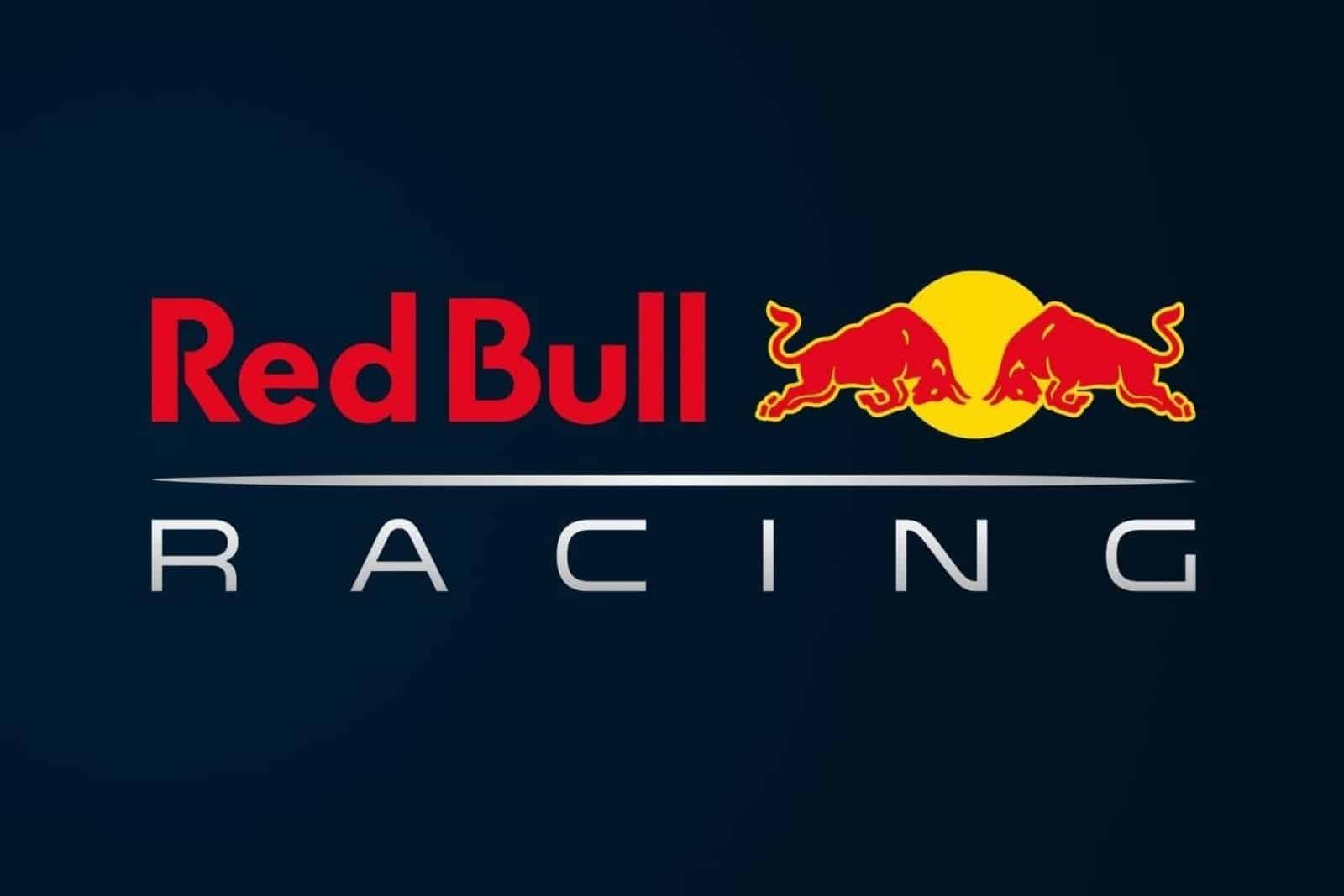Red Bull’s Historic F1 Entry Fee: The Costly Legacy of Dominance in the 2023 Season
The 2023 Formula 1 season proved to be a defining chapter for Red Bull Racing, marked by unprecedented success and a record-breaking 1-2 finish in the drivers’ standings. However, this triumph comes at a substantial cost, as Red Bull now faces a historic entry fee for the upcoming F1 season, a financial testament to their unparalleled achievements.


Read More: Lionel Messi wins thw TIME’s 2023 Athlete of the Year Award
Record-Breaking Achievement
Red Bull’s exceptional performance in 2023 saw them not just break records but rewrite the narrative of dominance in Formula 1. Accumulating a staggering 860 points, the team secured victory in 21 out of 22 races on the calendar. Max Verstappen’s remarkable season included winning 19 races, with Sergio Perez contributing two wins. This dominance, while historic, now translates into a significant financial commitment as Red Bull grapples with a historic F1 entry fee.
Calculating the Cost
Delving into the financial intricacies, Motorsport’s Jonathan Noble breaks down the entry fee calculation. Teams typically pay $6,575 per point scored, coupled with a base fee of $657,837. However, as the constructors’ champion, Red Bull finds themselves subject to a higher price per point, culminating in an entry fee of $7,893. Team principal Christian Horner acknowledges the substantial nature of the bill but reassures stakeholders that it remains comfortably within the confines of their budget limit.
Financial Impact
The magnitude of Red Bull’s entry fee becomes apparent when compared to their competitors. The team’s financial commitment, due by December 10, eclipses the combined fees of the second and third-placed teams. Mercedes, securing the runner-up position, faces a considerable fee of $3.4 million, while Ferrari, in third place, must contend with a $3.3 million bill. Red Bull’s financial investment underscores the high stakes and cost of their unparalleled success in the 2023 season.
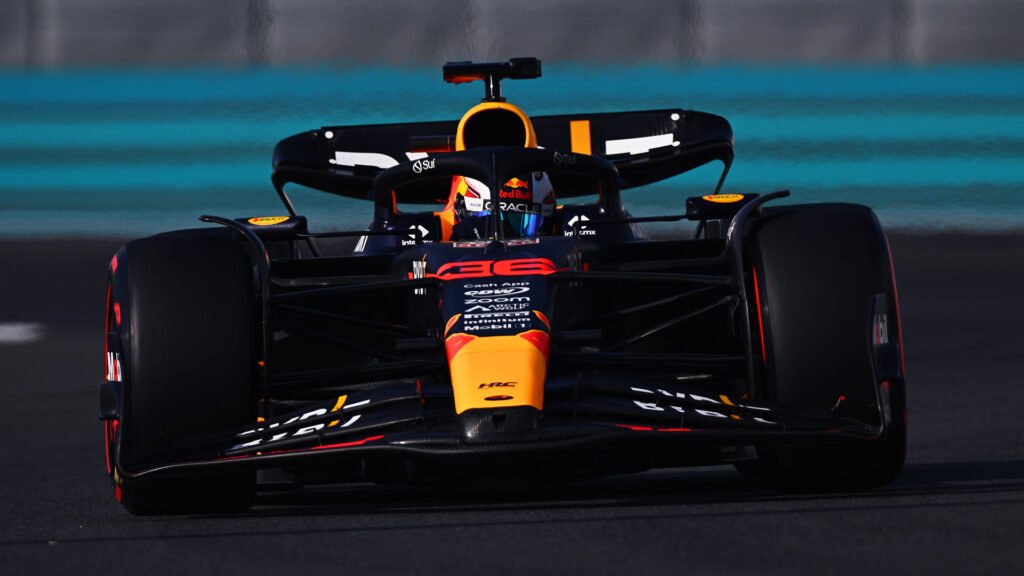

Max Verstappen’s Perspective on 2024
Beyond the financial implications, Max Verstappen, despite clinching both world titles in 2023, maintains a forward-looking perspective. Acknowledging areas for improvement in Red Bull’s car for the 2024 season, Verstappen recognizes the need to stay ahead in a highly competitive field. He points to weaknesses on street circuits, citing Singapore’s Marina Bay as an illustrative example. The team’s focus is not merely on maintaining dominance but also on strategic enhancements to their strengths and addressing vulnerabilities.
Toto Wolff’s View on the Challenge Ahead
While Red Bull intensifies efforts for continuous improvement, Mercedes team boss Toto Wolff candidly recognizes the formidable challenge ahead. With a nod to the monumental task at hand, Wolff admits that Mercedes has a metaphorical “Mount Everest to climb” if they aspire to build on their 2023 runner-up finish and challenge Red Bull for overall honors in the upcoming F1 season.
Unveiling the Ingenious Design Elements of the Red Bull RB19
The Red Bull RB19’s stellar performance in the 2023 Formula 1 season positioned it as a strong contender for the most dominant car in the history of the sport. Winning all but one of the 22 races, the RB19 set new records for consecutive victories, leaving the competition in its wake. This success, however, prompts the intriguing question: What were the design features that made the RB19 so special, especially considering the initial visual similarity to its predecessor, the RB18?
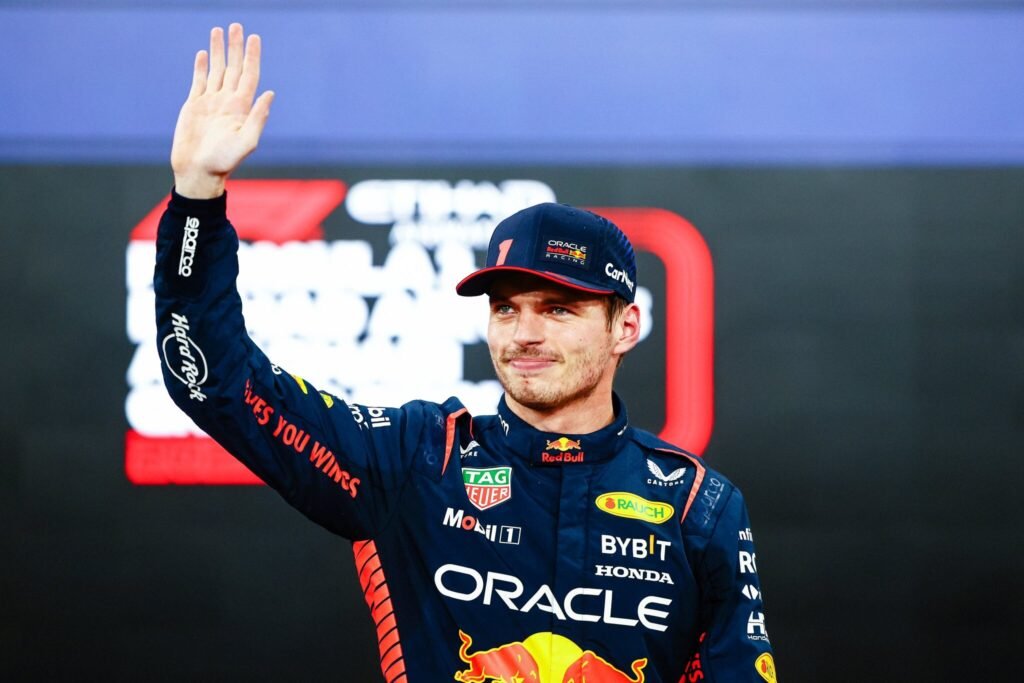

Aerodynamic Continuity
The RB19’s aerodynamic excellence owes much to the groundwork laid by its predecessor, the RB18. Adrian Newey, the Chief Technical Officer, played a pivotal role in conceptualizing solutions to new regulations, with the RB18 serving as a foundation. The meticulous integration of the aerodynamic platform with the suspension platform emerged as the key to the car’s exceptional speed under the new regulations, a realm in which Red Bull demonstrated superior understanding compared to its rivals.
Suspension Precision
Newey’s involvement extended to the meticulous design of the RB18’s front and rear suspension. This precision became instrumental in maximizing downforce generated by the floor without inducing porpoising or bouncing. The RB19, building upon the RB18’s fundamentals, underwent further aerodynamic development and emerged as a lighter car through meticulous analysis of build and component design, crucial for lap time improvement.
Vee-shaped Chassis Innovation
The central part of the RB19’s chassis distinguished itself with a more vee-shaped section than its predecessor. This innovative shape impacted the mass airflow volume in the tunnels, allowing for deeper bodywork around the front of the sidepod. The benefits included more potent vortex propagation, accelerating airflow crucial for underbody downforce. Additionally, this design facilitated a clearer separation of airflow for radiators and floor edges, contributing to enhanced performance.
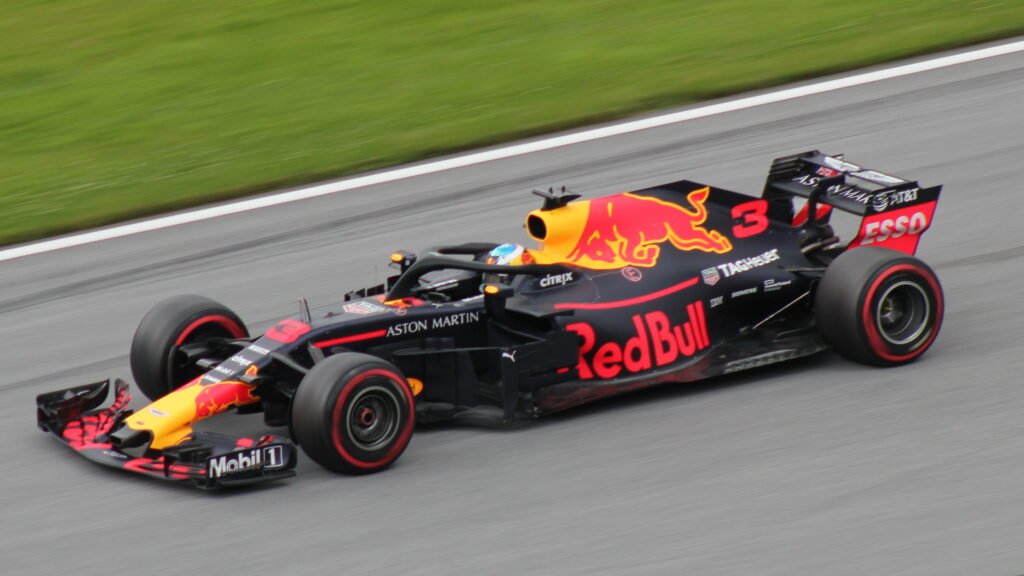

Enhanced Anti-Squat and Anti-Dive
Continuing the RB18’s aerodynamic platform control, the RB19 featured a combination of anti-squat on the rear suspension and anti-dive geometry on the front suspension. This control, achieved through innovative suspension design, allowed for softer spring rates while maintaining effective control of the car’s platform. The result was improved handling and the potential to run the car at lower heights, a valuable asset in optimizing underbody downforce.
Optimized DRS Boost
The RB19 showcased a robust DRS (Drag Reduction System) boost, particularly on circuits with lower rear wing demands. Red Bull’s success in inducing a stalling of the underfloor-beam wing-rear wing sequence was attributed to the unique contour of its diffuser ramp. The speculated impact on airflow detachment during DRS activation contributed to a reduction in drag, enhancing the car’s overall speed advantage.
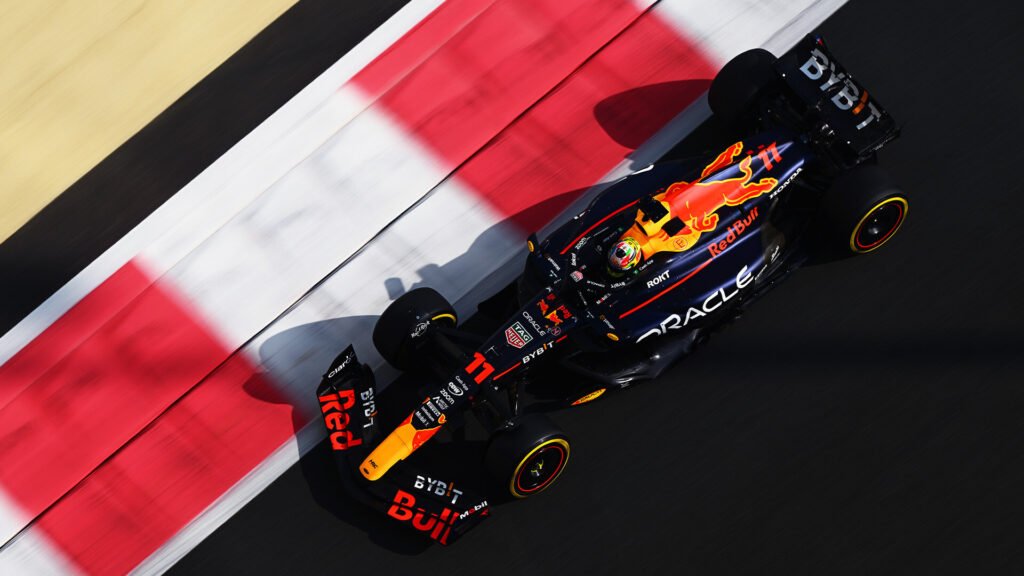

Continued Sidepod-Floor Development
Red Bull’s commitment to innovation extended to the ongoing development of the RB19’s floor and sidepod combination. The intricate underfloor design, characterized by a higher roof and angular ‘canoe’ shaping, marked a departure from rivals. This three-dimensional complexity, an evolution from the RB18, ensured a consistent spread of bounce-free downforce at all corner speeds.


